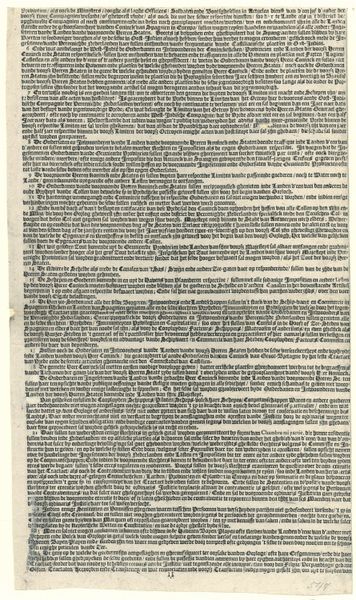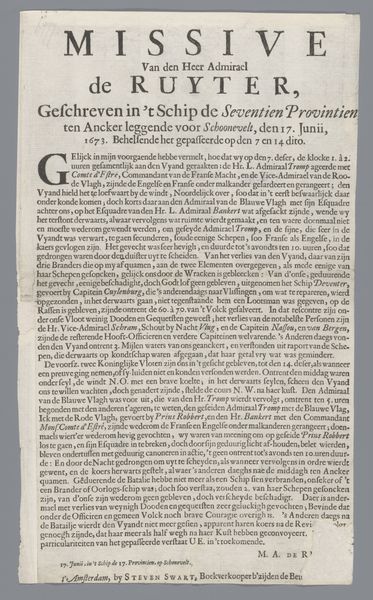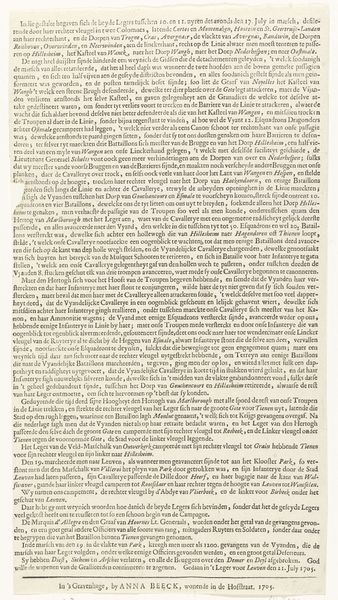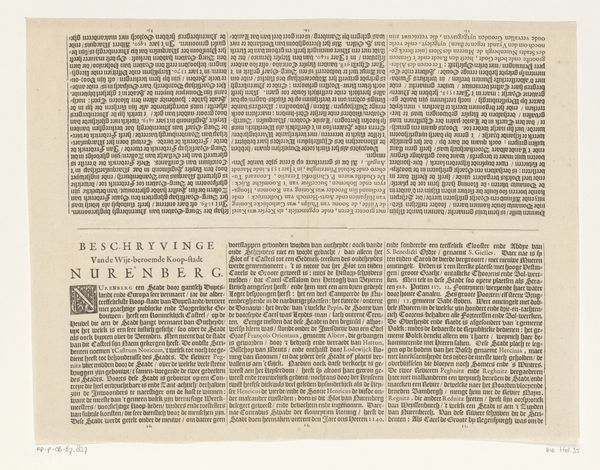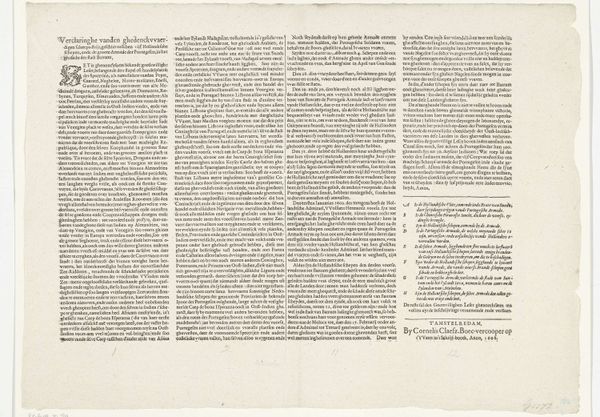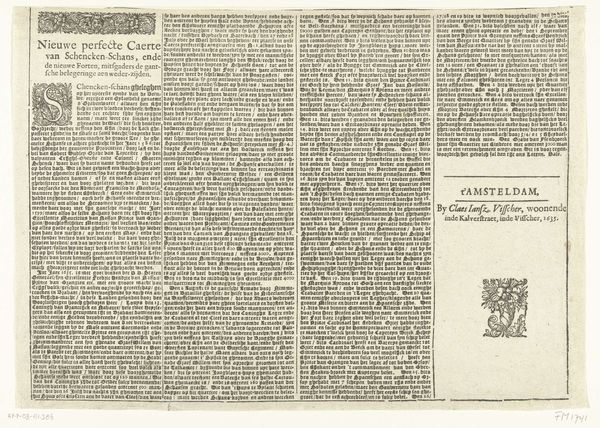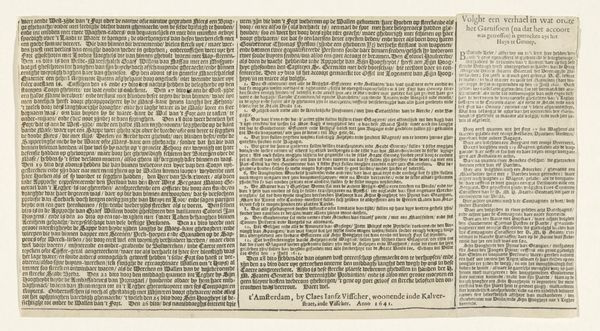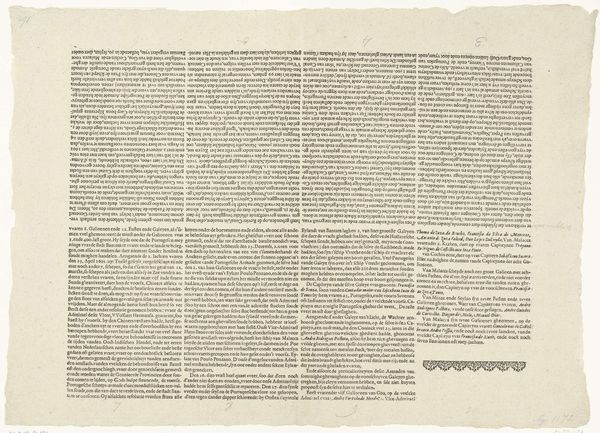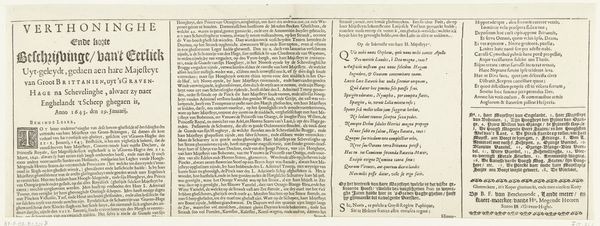
graphic-art, print, textile, paper, engraving
#
graphic-art
#
dutch-golden-age
# print
#
textile
#
paper
#
history-painting
#
engraving
Dimensions: height 355 mm, width 212 mm
Copyright: Rijks Museum: Open Domain
Curator: Here we have "Traktaat van de Vrede van Munster (tweede blad), 1648," a fascinating artifact held in the Rijksmuseum. It's an engraving on paper. Editor: My first impression is, well, it looks dense! An ocean of tiny text. It has an austere, almost bureaucratic feel, which I suppose suits the subject matter: a treaty. Curator: Precisely. It's from 1648, marking a pivotal moment—the Treaty of Münster, which formally recognized the Dutch Republic’s independence from Spain. Think about the production of such prints: the engraver's labor, the paper itself, the socio-political context fueling its dissemination. This wasn't just art; it was a declaration printed and distributed widely. Editor: Yes, and the way information was consumed! It feels a bit overwhelming now, but back then, reading such a document aloud in a public space, imagining the hush, the import...I wonder what kind of paper they used? Curator: The quality and source of the paper are relevant. Was it locally sourced, contributing to regional economies, or imported, signifying broader trade relationships? The act of printing itself, with its technical requirements and reliance on a skilled workforce, underlines the complexities of the era. Editor: I imagine it was handled with utmost care, unfolded to read. Each person seeing their own destiny written down on each fold and crease. Were these displayed on walls? I picture this displayed and discussed as something more profound than paper. It signifies autonomy. Curator: Perhaps. The Golden Age was as much about material shifts, in consumption as much as about art, so many considerations for what a broadsheet like this represents materially and as a vector for communicating ideas. Editor: Absolutely. Next time, perhaps I will bring my strongest magnifying glass. What appears dense upon first impression invites you to consider labor and cultural context under a finer lens. Curator: I couldn't have said it better myself. This small object connects so beautifully with broad socio-historic narratives.
Comments
No comments
Be the first to comment and join the conversation on the ultimate creative platform.

